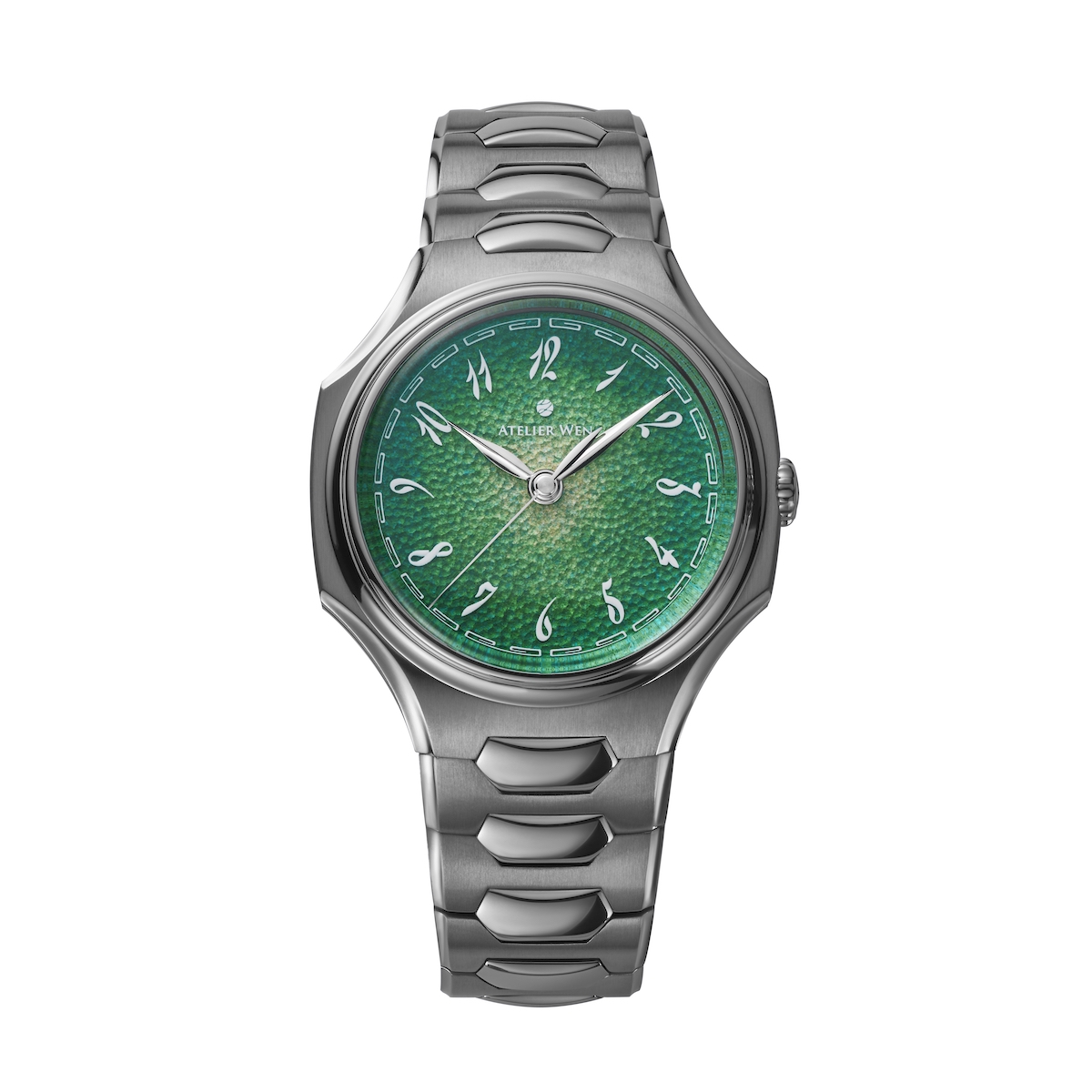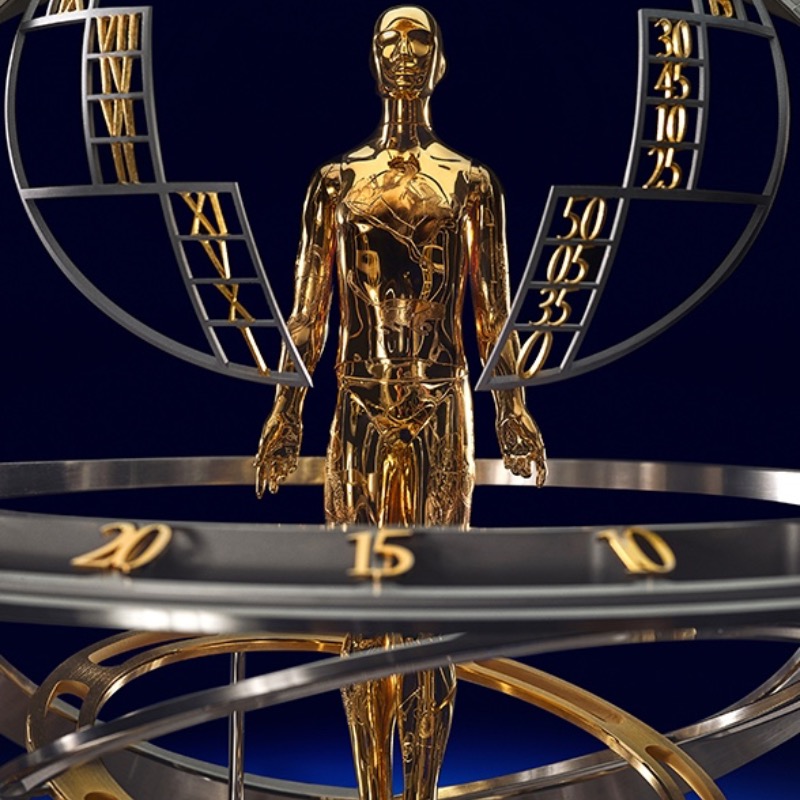Art historian Jospeh Luzzi recently wrote that, “Historically, the term ‘renaissance’ is invoked whenever a critical mass of innovative minds come together to rethink tradition and then… produce original works that have transformative effects.” I would add that a renaissance is also marked by heated competition between like-minded creators (witness Leonardo and Botticelli in 16th-century Florence, or the one-upping jazz greats of Harlem in the 20th century). Given what we’ve seen just now at Watches & Wonders—as well as from brands that dropped new releases just before the show—I think it’s reasonable to suggest that we are living through a renaissance of the mechanical arts.
Perhaps it’s easier to see the mechanical renaissance this year because, so far, the new watch collections have been aesthetically underwhelming. The big buzz at this year’s edition of Watches & Wonders was that there wasn’t much buzz. Most of the major brands failed to deliver a “hype” or “hero” watch, which dominated the previous few years as high-end watches blew up and became a mainstream preoccupation. That bubble has deflated considerably, and to the extent that horological normalcy can make headlines, that’s what’s happening.
However, flip this year’s most impressive watches over to look at the movements, and a far more interesting story emerges—of incredible technological feats and record-breaking achievements in the mechanical arts. Though I could’ve probably listed as many as 20 mechanically impressive watches, the eight I’ve selected from the previous two weeks will serve to prove my point. Some of you may disagree with how I’ve rated them, but—let’s be frank—that’s half the fun.
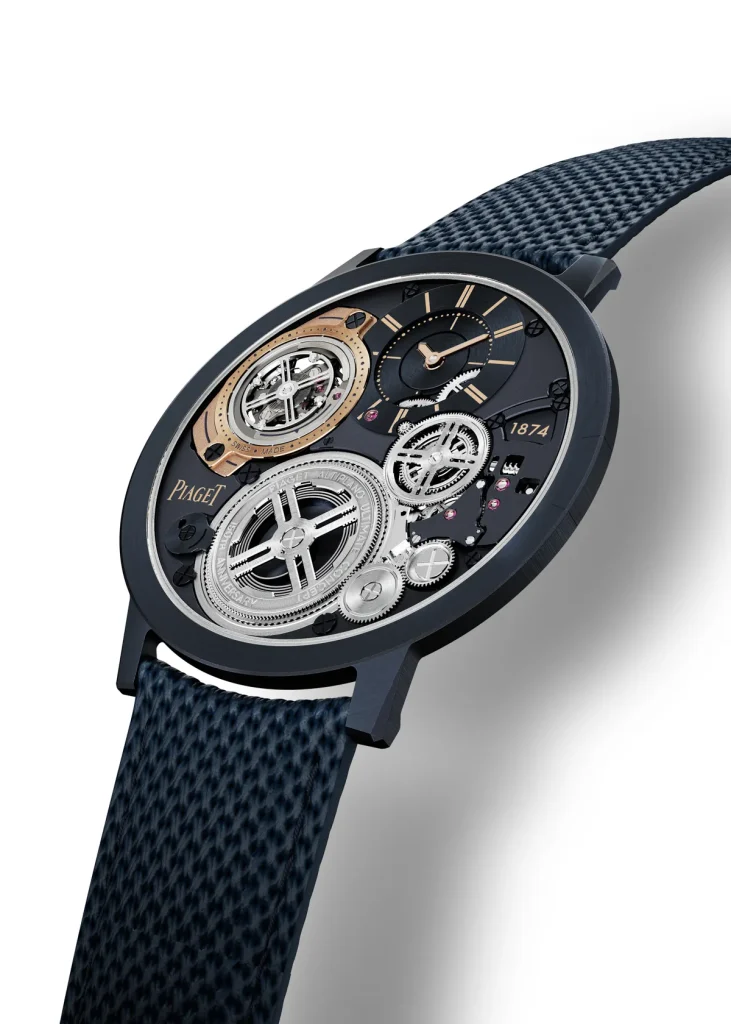
Piaget Altiplano Ultimate Concept Tourbillon 150th Anniversary
Thinness used to be one of the most talked-about accomplishments in watchmaking, and this fascination goes back to the 1700s with pocket watches and straight into the 20th century. Somewhere in the 1990s, we got distracted by hugeness, but it appears we’re back to thinking thin. Piaget has long been a leader in the rarified art of producing ultra-thin mechanical movements.
You may be surprised to learn that, at 2 mm thick, this watch is lagging behind the thinnest watch in the world by just 0.3 mm, and it is far ahead as the thinnest tourbillon-equipped timepiece on planet Earth. The Altiplano Ultimate concept Tourbillon is exactly 1.95 mm thinner than Bulgari’s 3.95 mm Octo Finissimo Tourbillon—so, just shy of halving the previous record. Piaget accomplished this by modifying their ultra-thin calibre 970 platform, and the resulting manually wound 970P-UC is as much as 90 per cent redesigned. The tourbillon uses up about 25 per cent more power than the standard calibre, and yet the 41.5 mm watch still offers up 40 hours of power reserve. The tourbillon rotates every minute, and a peripheral gear (visible at 4:30) drives the tourbillon on the same plane, thus achieving the required flatness.
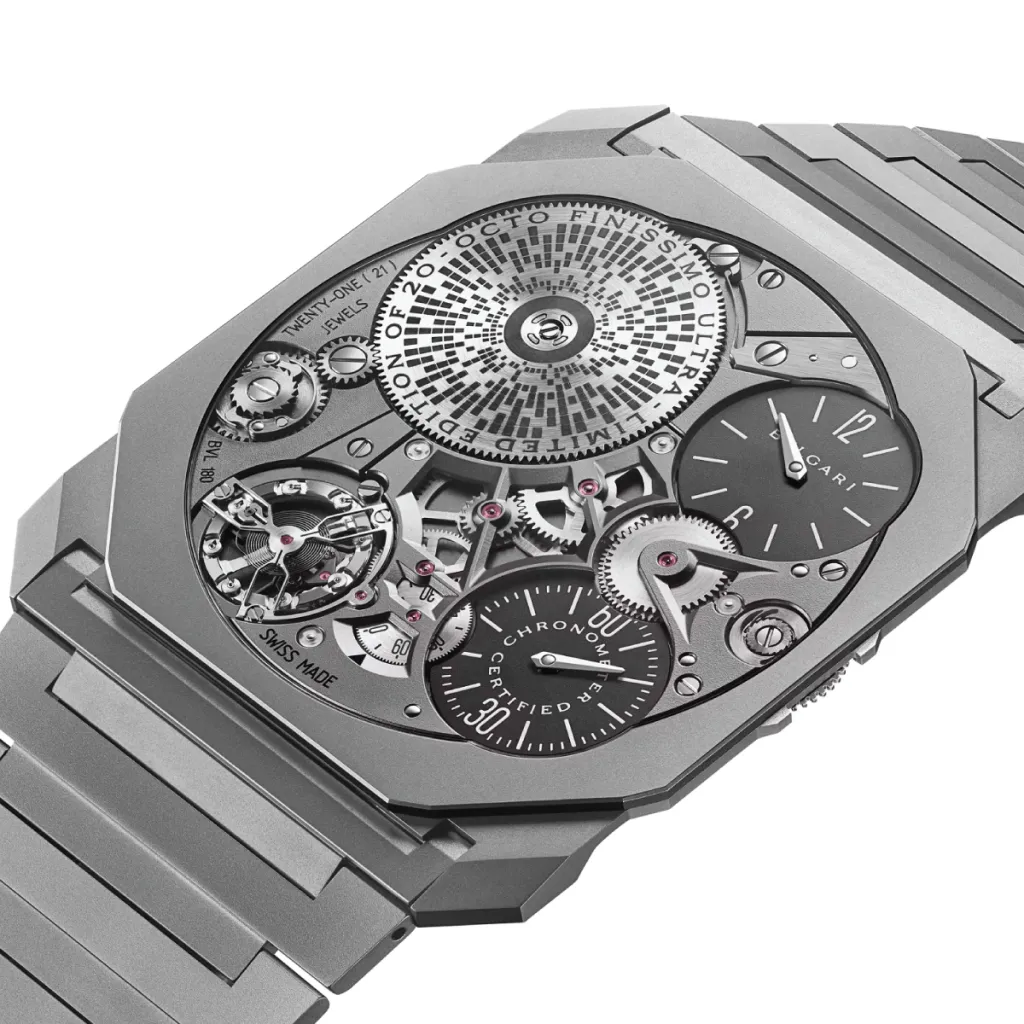
Bulgari Octo Finissimo Ultra
The thinnest watch in the world and the thinnest chronometer in the world. Beating the record previously held by Richard Mille x Ferrari’s US$2 million (HK$15.6 million) RM UP-01, which was 1.75 mm thin, Bulgari has reclaimed its record as the world’s thinnest watch by shaving even more material off the crystal. As if that weren’t enough, somehow the brand has managed to get this one to perform within -4/+6 seconds per day, such that it holds the label “Chronometer Certified” on its seconds subdial at 4:30—and with that, the second record broken. Anyone who has held one of these watches will tell you it’s a bizarre experience, and I’ve even worried that I would bend it like a credit card—though that’s hardly a serious concern. Calibre BVL 180 is just 1.5 mm tall.
As a limited edition of just 20 pieces, this watch ships in a box that automatically sets the time and winds the watch for you. Even more impressively, the box uses an atomic clock to recognise the time zone and adjust the watch to local time wherever you find yourself. At 1/4th the price of the Richard Mille, can we consider this one a bargain?
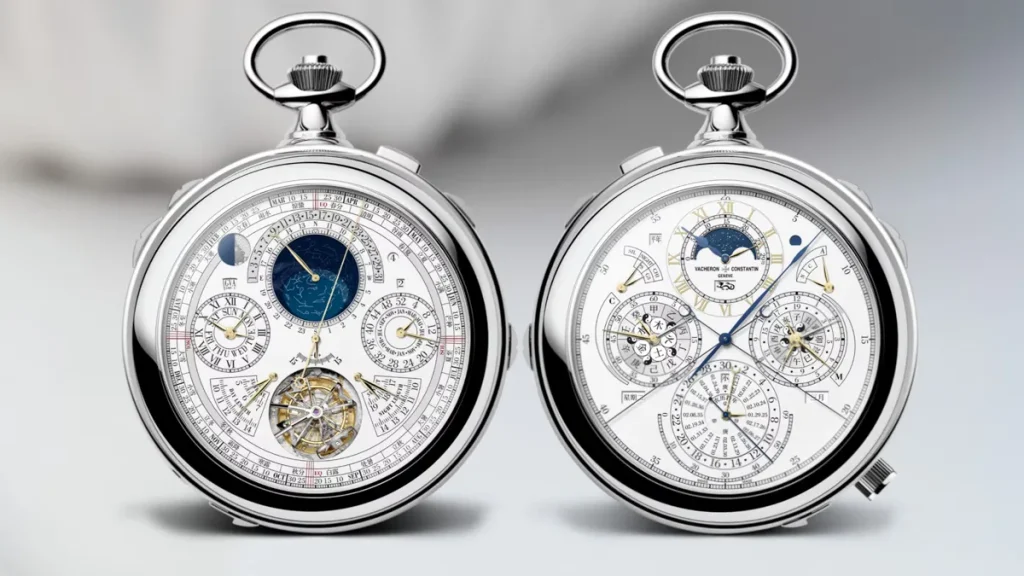
Vacheron Constantin Berkley Grand Complication
I’d have put this one in the No. 1 spot if it hadn’t taken 11 years to design, a year to build, and been backed by billionaire WR Berkley. Not that a world-record-shattering 63 complications isn’t wildly impressive, but Vacheron Constantin wasn’t really racing to get it done on a budget, and Vacheron was only competing with itself to beat Berkley’s previous commission, known as the 57260 and housing a mere 57 complications.
However, if this masterpiece of high horology isn’t enough with its many complications, it is also the first mechanical watch to accurately track the traditional Chinese calendar with a perpetual complication. It’s dizzying to just describe that calendar, let alone what the watch needs to do to track it, so suffice it to say that this one is extending the horological arts far beyond previous boundaries that Vacheron had set for itself. You can read more about the Berkley in our full write-up.
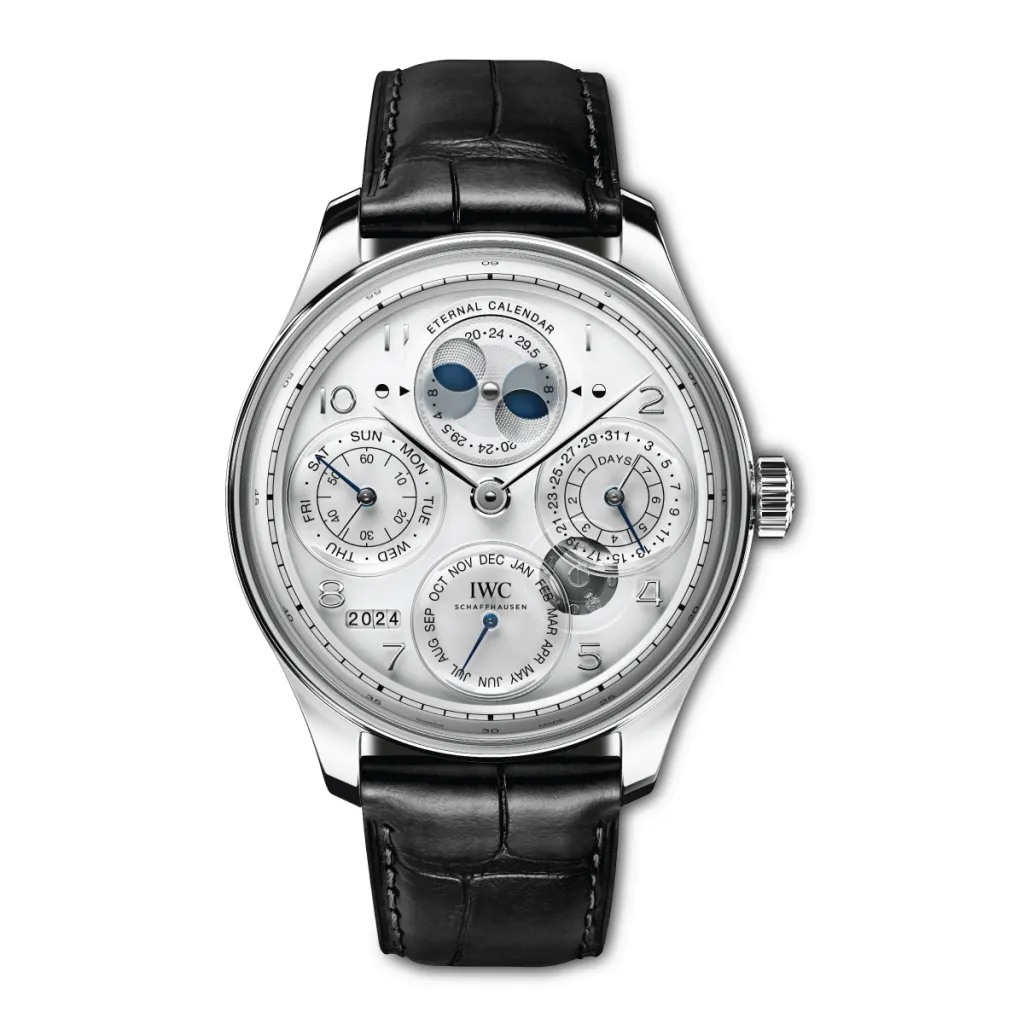
IWC Portugieser Eternal Calendar
Known as a “secular calendar,” this IWC marks only the fifth time that such a timepiece has been built. What the secular calendar does that your run-of-the-mill perpetual calendar can’t is skip the leap year at the top of each century, which our calendar must do to account for orbital anomalies. What’s more, this IWC unabashedly breaks the record for moon-phase precision, promising accuracy for 45 million years. (I’m not convinced the moon will even be there that long!) Though best known for its basic pilots’ watches, IWC is no stranger to the grand complication, and yet this one comes as something of a surprising in a year when IWC is otherwise updating dial colours and making small refinements to the rest of the Portugieser line. However, don’t let this massive movement accomplishment lead you to think it’s unwearable: At 44.4 mm by 15 mm, this one isn’t far off from your standard IWC fit.
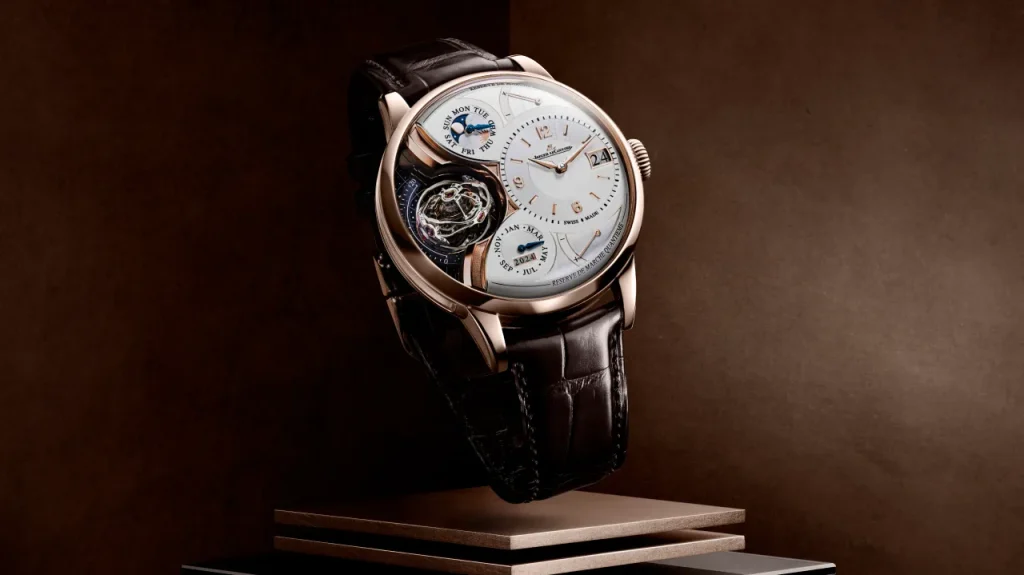
Jaeger-LeCoultre Duometre Heliotourbillon Perpetual Calendar
I need not do more than point out that if I can reasonably place this watch at No. 5 on a wow-factor list for the mechanical arts, then 2024 is obviously a hell of a year—perhaps a renaissance, as I’ve suggested. The Duometre Heliotourbillon marries JLC’s Gyrotourbillon technology—which is a maxed-out approach to compensating for gravitational forces and improving isochronism (precision)—to its dual-motor Duometre technology. Separate gear trains and barrels run into a single escapement (in this case, the tourbillon). Sound complicated? That’s the point, or so we are told in our interview with JLC CEO Catherine Reiner from last week. Jaeger-LeCoultre, like so many other brands, was all about visual refinement for this year, and the storied builder of high complications was very much showing off its mechanical prowess by featuring the Duometre movements this year.
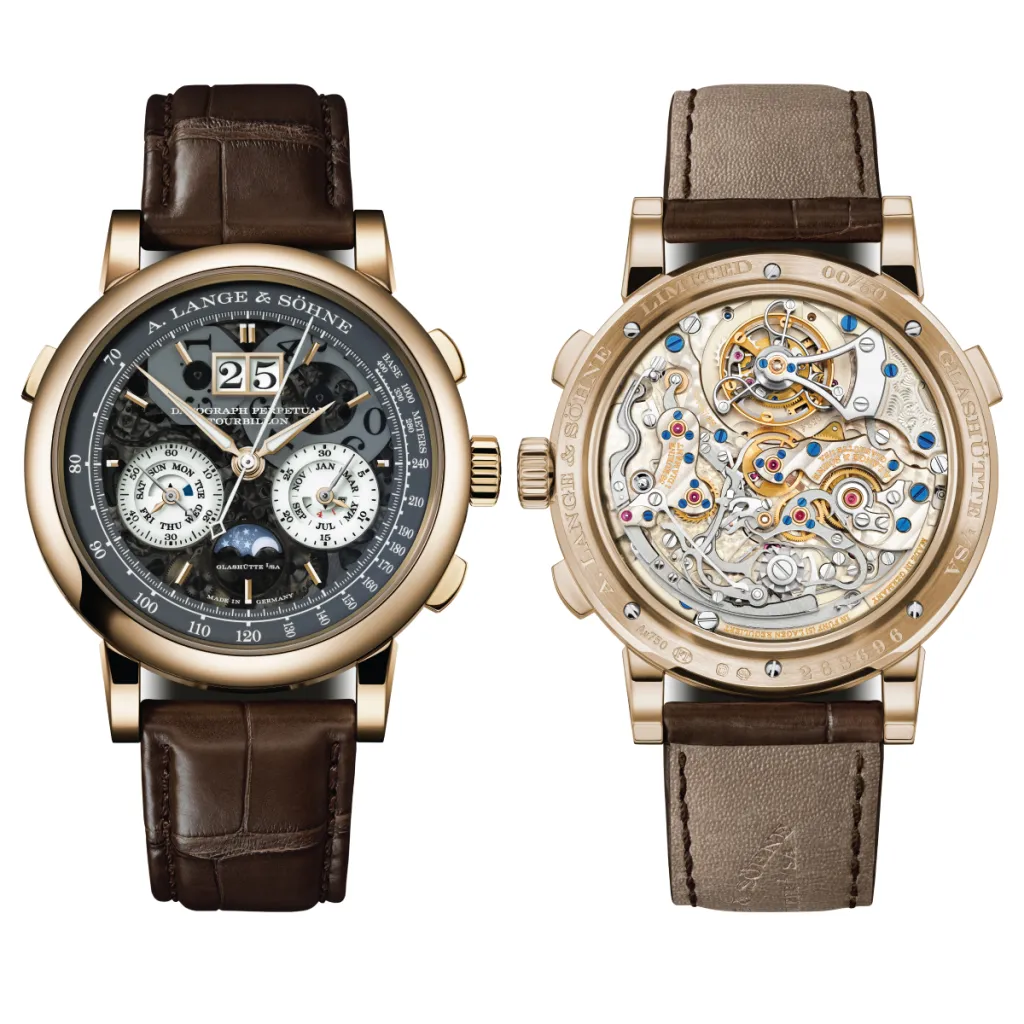
A. Lange & Söhne Datograph Perpetual Tourbillon Honeygold Lumen
Germany’s A. Lange & Söhne is among the very best builders of highly complex watches, and there’s nothing quite as satisfying as wandering through the backside of their Datograph watches with a loupe magnifier. The architecture is uniquely curvaceous, the spacing of components musical, the finishing always exquisite and clean, and the use of colour—blued screws, bright rubies, gold accents—surprisingly playful. This year, we get the first Lumen edition of the Datograph Perpetual Calendar Tourbillon, which means this watch lights up at night like your favourite dive watch—and then some. Encased in Lange’s proprietary Honeygold, which is warm, lustrous, but highly durable, the watch remarkably measures a very wearable 41.5 mm across by just 14.6 mm tall. Measured up against the IWC and JLC above, this watch is an exceptionally close No. 6 for 2024. After all, Lange really did put the Swiss on notice when it stormed back onto the scene in the 1990s, and it continues to keep the European competition for mechanical superiority heated.

Van Cleef & Arpels Brise d’Eté
I probably should have included Van Cleef & Arpels’s astounding table clocks in this round-up, but I have decided that these timepieces must be worn on the wrist to qualify. So, with that said, check out this wonderful 36 mm art watch: A retro-grade time scale is indicated by two butterflies amid a sculptural field of flowers. So far, not exactly high mechanical art, but press the actuator at 8 o’clock and those butterflies take flight for 12 seconds as the violets and verdant blades begin to sway as if suspended in a light spring breeze. When the show is over, the butterflies return to tell the time quietly again. This year, we’re seeing collections aimed at women garnering mechanical accolades, and deservedly so.
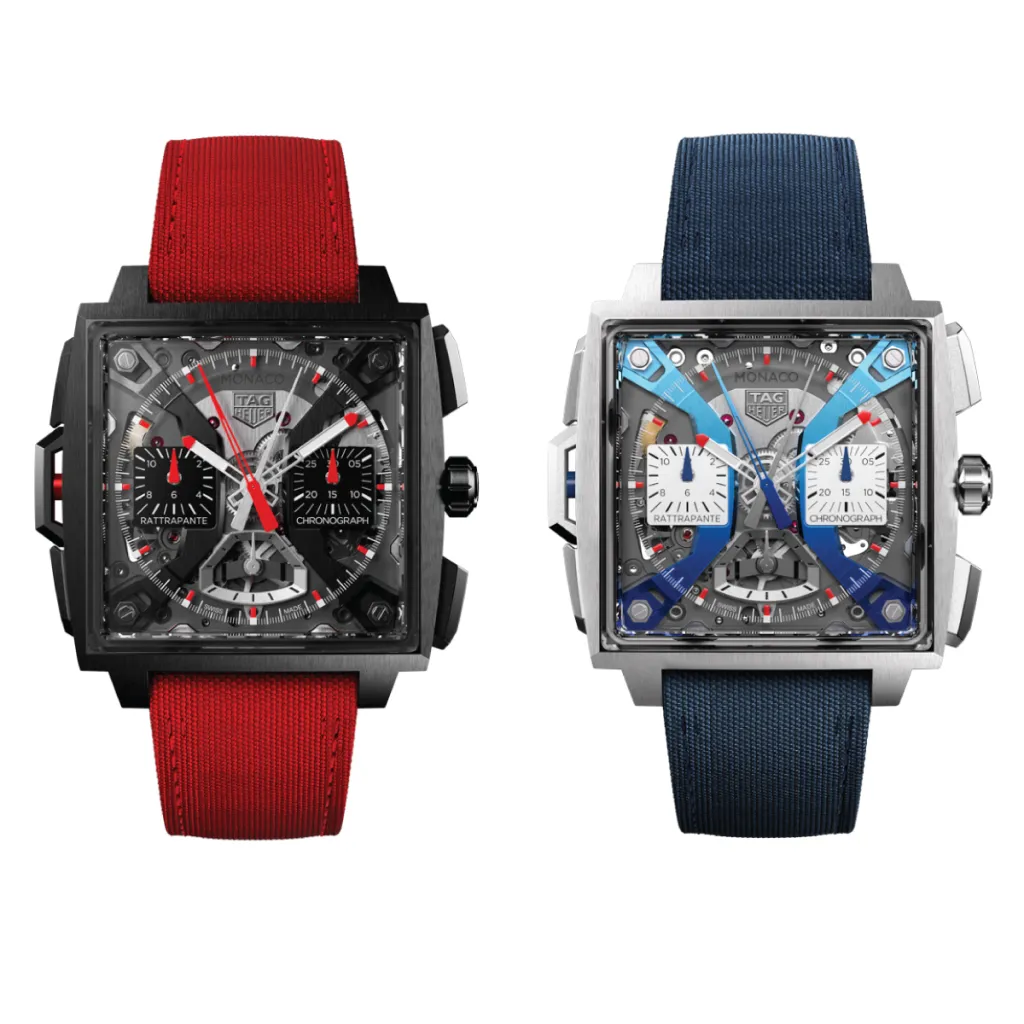
TAG Heuer Split Seconds Chronograph
As head of movement for TAG Heuer, Carole Forestier-Kasapi brings serious mechanical chops to the table. Her work earning the 1997 Breguet Prize eventually led to the renowned Ulysse Nardin Freak, and her work developing movements for Cartier arguably brought the French house back into the minds of serious collectors again. This year, her tenure at TAG Heuer has been long enough to allow the chronograph-centric brand to showcase what it claims to be the first movement made entirely in-house under Forestier-Kasapi’s tutelage. A split-seconds chronograph is notoriously difficult to design and execute—some say more so than a tourbillon—and TAG Heuer’s new calibre TH81-00 is not only impressively decorated and exposed, but it’s going to cost you US$183,000 (HK$1.4 million). If this watch and its price tag don’t convince you that TAG Heuer is rocketing straight up into the high horological stratosphere—and if TAG’s trajectory doesn’t convince you that the watch industry generally is experiencing a mechanical renaissance—then this list has certainly failed to prove our thesis. But, at least you made it to the bottom with us!







